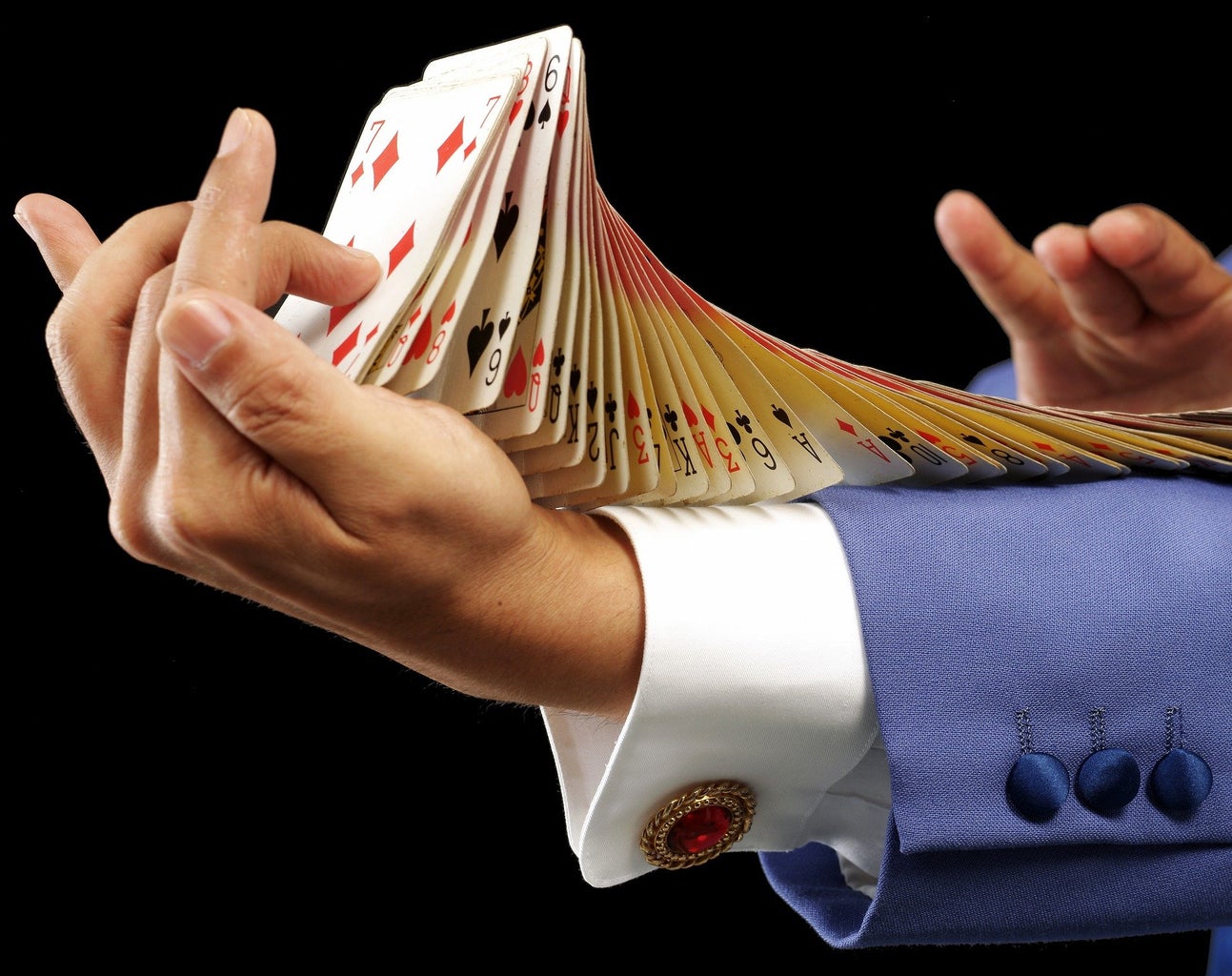1. “The magical number 7”
Remember information in chunks of 7.
Taken from a paper written by Harvard professor and cognitive psychologist Miller, this theory argues that human minds, on average, can hold 7 ± 2 pieces of information in their short-term memory. Play to your working memory capacity!
Application:
When applied to revision, try to memorize seven (± 2) bullet points or flashcards in one go for maximum efficiency.
2. Serial position effect

From an experiment conducted by Murdock, the serial position effect can be split into the primary and recency effect. This basically means that you are most likely to remember the first and last pieces of information presented to you.
Application:
When revising, place the hardest pieces of information at the start and end of a sequence so that your brain is more likely to recall it when you revisit it the next time.
3. Dual Coding Theory
When thinking about the word “house,” a house with a square that extends into a triangle at the top most likely appears in your mind.
Theorized by Allan Paivio of the University of Western Ontario, this stresses how associating the information with mental images helps recall and learning. Dual-coding means how both sensory imagery and verbal information are used when storing a piece of information, so that there are two options to recall when the information is needed. Additionally, recalling one option also stimulates the retrieval of another.
Application:
Adding symbols to represent pieces of information or keywords. For example, associating the image of a dog with Pavlov’s experiment of classical conditioning. Not only will this help the recall of the study, but also the contents of the study. Personalized symbols are especially helpful as you can associate academic information with yourself.
4. Schema Theory
As proposed by Piaget, a schema is a mental framework where pieces of information are organized and connected. Our schemas are always developing and changing to fit in new information as we move through new experiences.
Application:
Focus on creating connections between information rather than the information itself. This works the most when you have already gone through all the syllabus points and are summarizing the knowledge. Summary mind maps and branched diagrams are both useful for this.
5. Rest (!)
Just like everyone, your brain needs to rest. There is no point in studying when your brain is on the edge of burnout and cognitive exhaustion – you are neither learning nor having a good time. Efficiency and enjoyment are key!
Application:
The most famous example of this is the Pomodoro technique, which is essentially studying in 25-minute intervals with 5-minute breaks in between. It helps you break down your tasks into smaller portions to it appear less intimidating, and the satisfaction (!) you feel after every 25 minutes always makes you more motivated for the next. To find out more, this is a great website.






